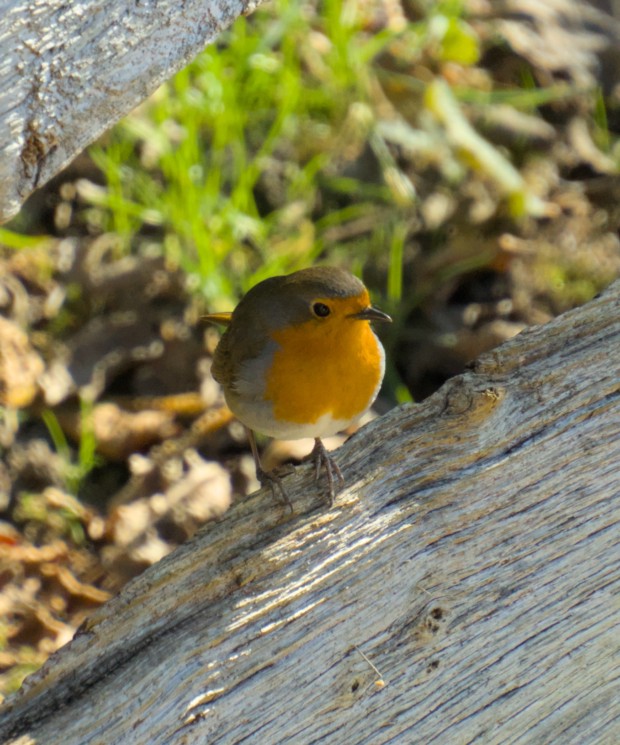Review: Starfish by Peter Watts
★★★★☆ Starfish by Peter WattsRead this as it's from the same author as Blindsight. Has some intriguing elements, but came not close to other novels of Peter Watts i read.
Personal Blog about anything - mostly programming, cooking and random thoughts
Read this as it's from the same author as Blindsight. Has some intriguing elements, but came not close to other novels of Peter Watts i read.
Cannot recommend this enough! This is one of the novels I often have to think of and read multiple times.
Absolutely agree. There are many books I rated 5/5 because. I enjoyed them and would definitely recommend them to anyone asking. But then their are books which changed my way of thinking or world perspective. They need their own rating. A "this goes up to eleven!".






